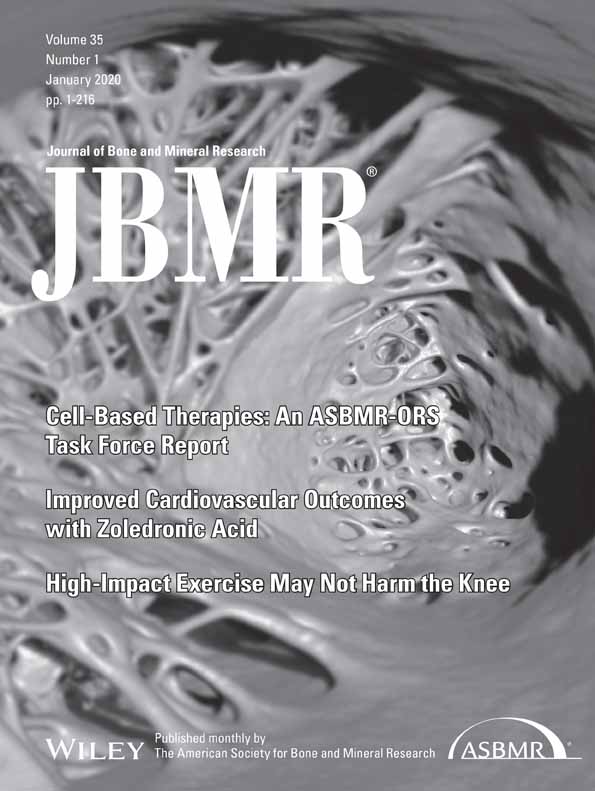Response to: Effects of Alendronic Acid on Fracture Healing
We thank Dr Fung for his interest in our article that was recently published in JBMR.1 As Fung correctly states, the fracture and bisphosphonates (FAB) study showed that alendronic acid did not have a clinically important effect on fracture healing or patient-reported outcomes in patients who were bisphosphonate naïve for the previous 2 years. We do not agree with the implication that the absence of data on biochemical markers of bone turnover in our study is a limitation. It is well known that these markers are elevated for several months after a fracture. Although some studies have been performed to evaluate the clinical value of biochemical markers in predicting non-union or delayed union,2 we are not aware of any data that suggest that measurement of these markers can accurately predict the rate of fracture healing. We are also not quite sure what Fung means by the fact that we did not measure bone strength, except by the DASH score. The DASH score is a validated patient-reported outcome of upper limb function and disability3 and does not measure bone strength. Indeed, we are unaware of any method that can be used clinically to directly measure bone strength in humans in a study such as this. Fung subsequently suggests that it would be prudent to delay bisphosphonate treatment until after healing has occurred, citing two studies that examined fracture healing in people who were taking bisphosphonates as opposed to those who were not.4, 5 In one of these studies,4 the differences in time to union in bisphosphonate-treated and control groups (6 days) was not considered to be clinically significant. In the other study, which evaluated intertrochanteric hip fractures,5 fracture healing was not directly assessed. Although there was a difference in the proportion of patients with non-union in the bisphosphonate-treated group compared with the untreated group at 3 months (72% versus 90%), there was no difference at 1 year.
The issue with observational studies like these is that one cannot confidently exclude the influence of confounding factors associated with bisphosphonate use as a reason for any differences that may be observed. The advantage of randomized controlled trials like FAB is that confounding is minimized and the effects of the intervention can be assessed in a robust manner.
In view of this, we feel that the JBMR cover statement that “Alendronate Safe During Fracture Healing” is an accurate reflection of the situation for patients who have not previously been treated with bisphosphonates in whom therapy is indicated to reduce the risk of future fractures.




